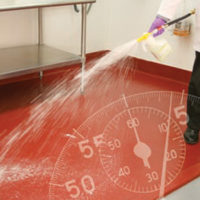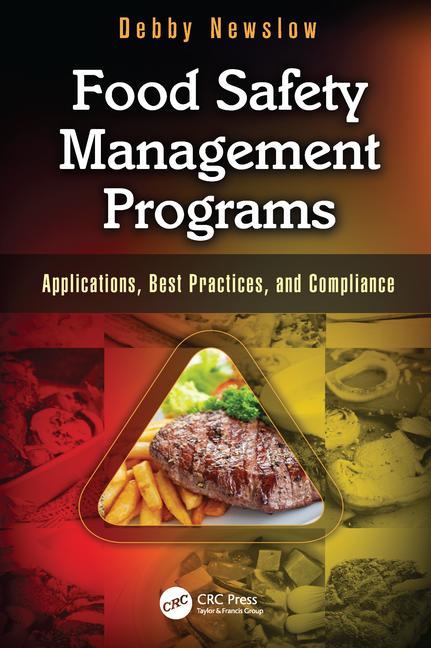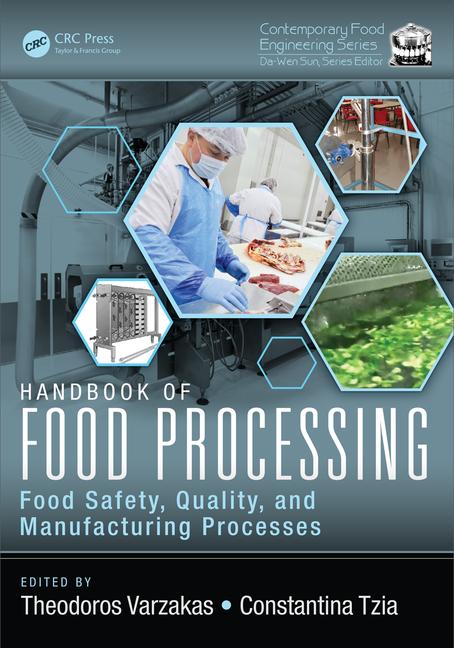How Food Safety Education Can Enhance Your Image while Saving Your Business

Education is the most powerful weapon you can use to change the world.
–Nelson Mandela
There is a looming unspoken food safety crisis in the restaurant business. The importance of food safety is discussed, often acted on but all too often swept under the table.
However, the statistics tell the truth:
• The Centers for Disease Control and Prevention (CDC) reports that over 3000 people die each year in the U.S. from foodborne illness, an average of eight people per day. An estimated 128,000 people are hospitalized each year, an average of 350 people a DAY.[1]
• According to the CDC 48% of foodborne illness is traced to restaurants.[2]
It is not for the lack of science that the problem continues. Food safety experts know which viruses and bacteria cause disease. They know how to best store, transport, prepare and serve foods. That science is periodically reviewed by hundreds of experts and is at the core of the U.S. Food and Drug Administration food code. The code has been condensed to 54 establishment inspection items. Almost every state has patterned its food code after that national standard.
It is not for the lack of available knowledge that the problem continues. There are excellent courses in food safety for owners, managers and food handlers. Most states require that at least one food handler be certified through an extensive food safety course and be on site at all times. There are convenient, excellent and inexpensive courses available through the National Restaurant Association and other organizations.
It is not for the lack of desire that the problem continues. In my heart, as a physician, I believe that no restaurant owner, no restaurant manager and no restaurant food handler would willfully compromise food safety.
It is however, likely, caused because there is a lack of education and enforcement of important principles within the weakest link in the chain: the entry-level server.
An estimated 1/3 of all workers get their first job experience in a restaurant.[3] Where did they first learn food handling? Likely it was at home. LA County developed a home kitchen food safety quiz.[4] The results showed a serious and significant lack of food safety practices within the home. Expect then that most entry-level restaurant employees need to be trained or retrained in food safety practices.
Consider that the transmission of illness from food workers to the food they are handling is the implicated cause of 18 percent of foodborne illness outbreaks. Over one-half of all food workers (58%) reported they had worked a shift while ill. According to the Restaurant Opportunities Centers United, 63 percent of the restaurant workers admit that they turn up for work when they were sick. Handling of ready to eat food with bare hands, inadequate hand washing and lack of use of gloves during food preparation by a sick employee sets up a potential foodborne illness event. It is also often a lack of reinforcement of food safety standards.
What does a foodborne illness event cost a restaurant? Financially it can be crippling!
In the 1993 Jack in the Box food poisoning epidemic, insurers paid out over $98 million with the largest settlement of $15.6 million. While this is not the average, it shows how devastating the loss can be. Class action complaints are often filed.
While each complaint may vary, it is often alleged that:
The restaurant had a duty to comply with all…safety codes…had a duty to properly supervise, train, and monitor its employees,…had a duty to use ingredients…that were safe,…clean, free from adulteration, but failed to do so and was therefore negligent.
If the cost of a defending and paying for a legal suit isn’t enough, the damage to the restaurant image can be devastating. It is intuitive.
Admittedly, not all foodborne epidemics can be prevented by education and enforcement of standards, but many will be. Not all tarnished reputations can be saved by education and enforcement of standards but why not make your restaurant the best it can be.
Consider the following:
• Develop a training requirement prior to employing entry-level food servers.
• Insist new servers provide a satisfactory completion certificate.
• Re-evaluate your food safety enforcement program by mid level servers.
• Team up with an organization that can do secret diner focused surveys or obtain confidential employee feedback showing weaknesses.
• Use continuous process improvement methods.
• Create a climate where your Food Safety image becomes important.
Your restaurant’s financial well-being and reputation may be at stake.
Harlan Stueven, M.D., is an emergency physician, poisoning specialist and founder of DiningGrades.com.
References
1. www.cdc.gov/features/dsfoodborneestimates/.
2. www.cdc.gov/mmwr/preview/mmwrhtml/mm6203a1.htm?s_cid=mm6203a1_e.
3. www.restaurant.org/Industry-Impact/Employing-America/Jobs-Careers-Powerhouse.
4. www.cdc.gov/mmwr/preview/mmwrhtml/mm5934a2.htm?s_cid=mm5934a2_e.
Looking for a reprint of this article?
From high-res PDFs to custom plaques, order your copy today!






